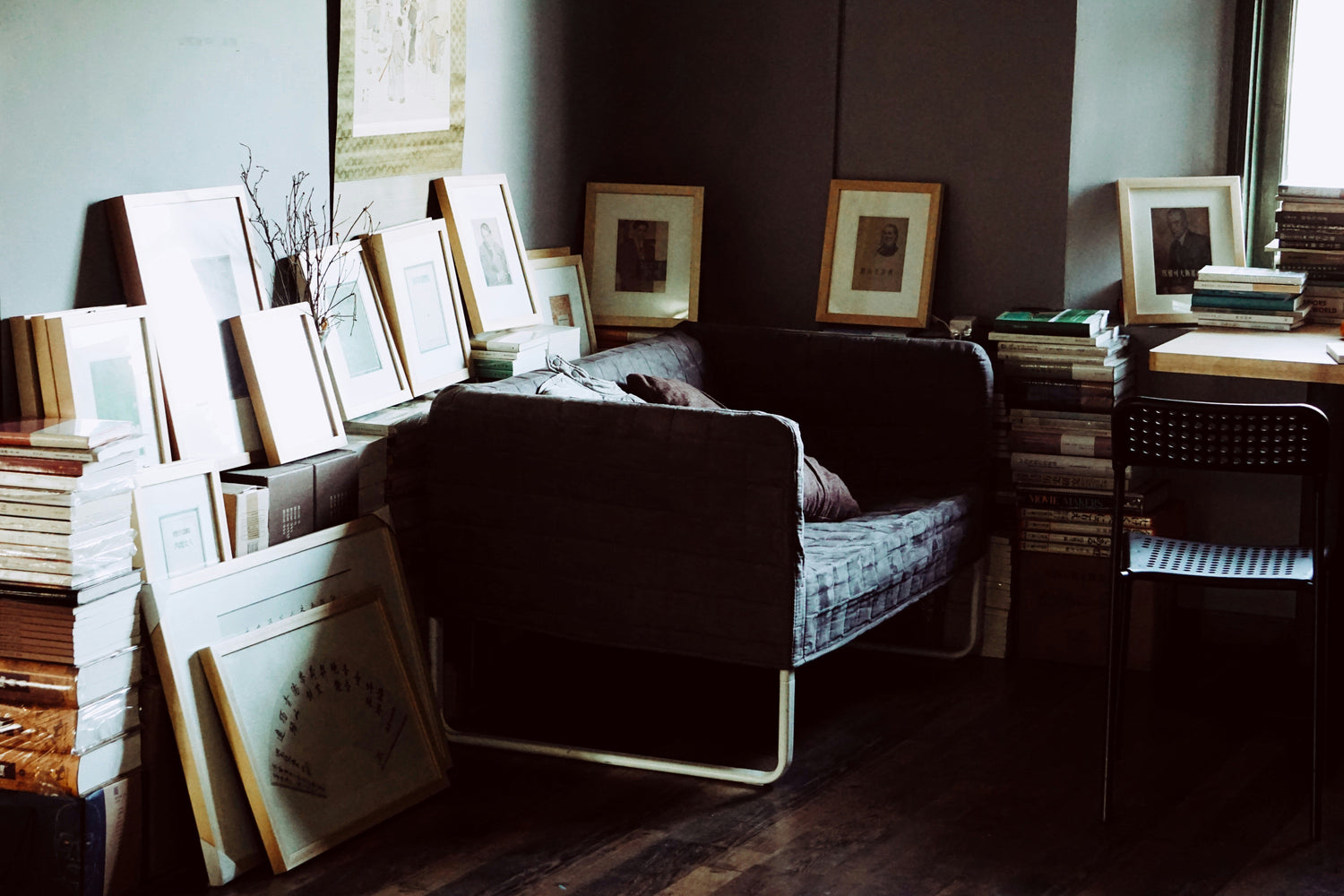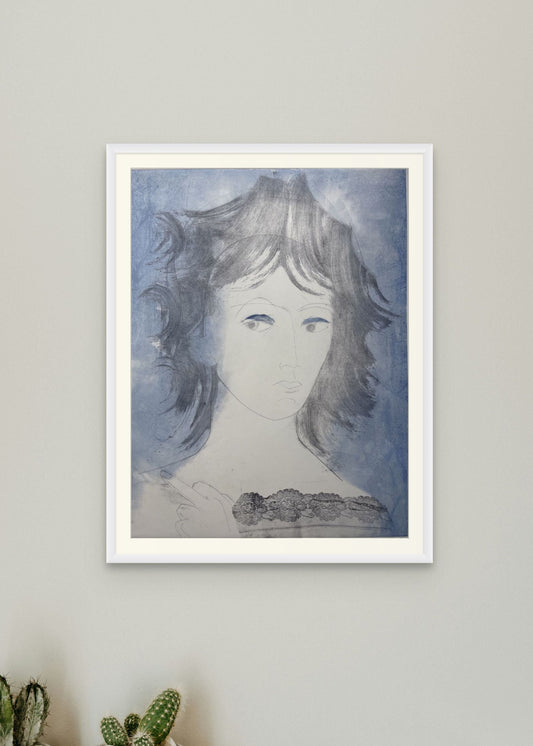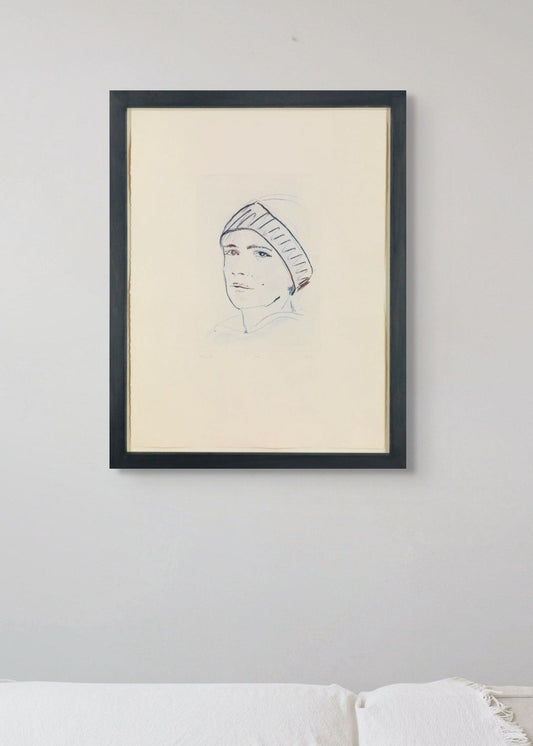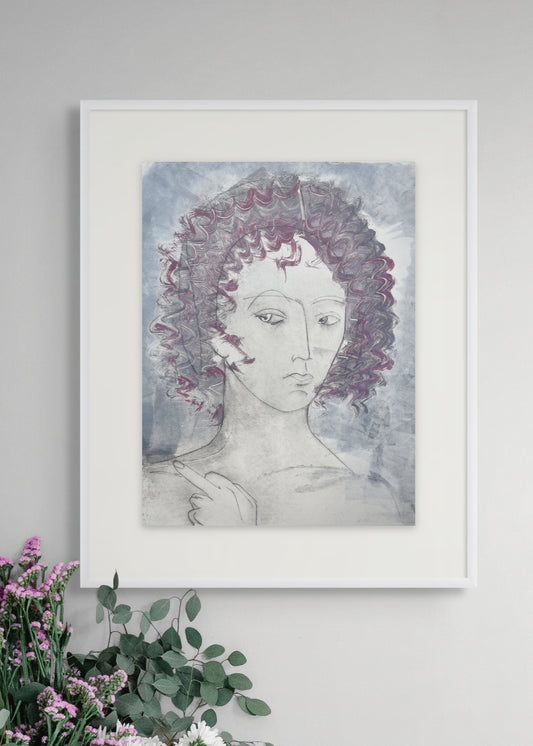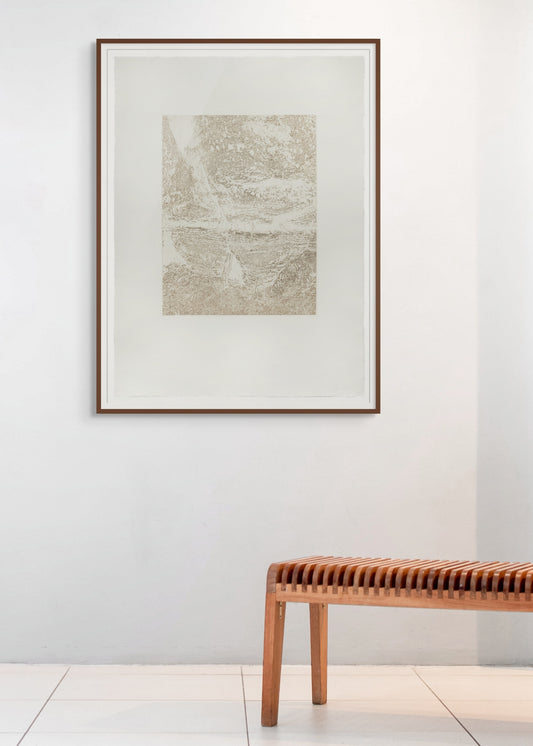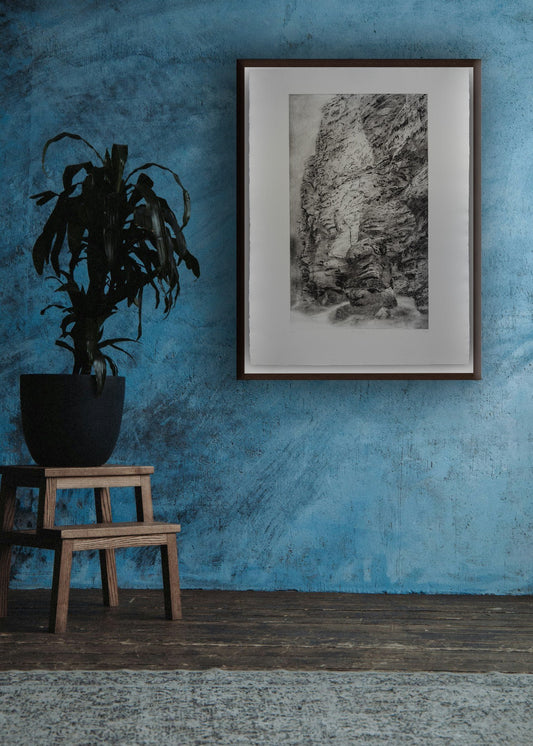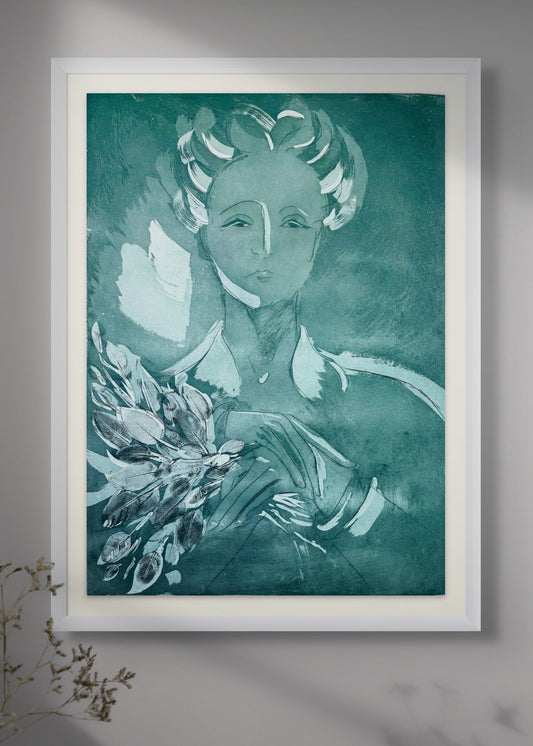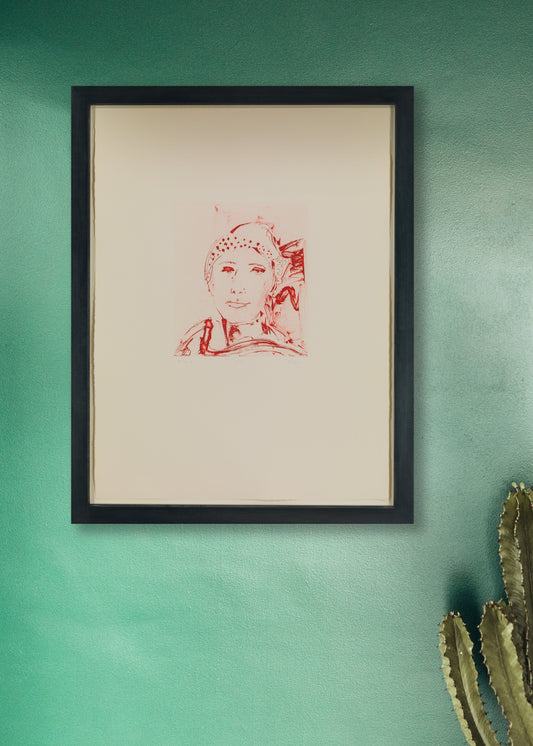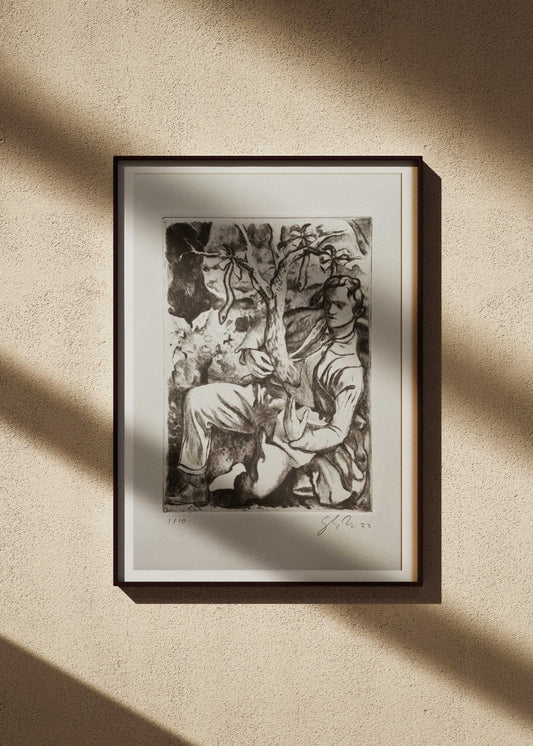Etching is a fine art printmaking technique that belongs to the family of intaglio printmaking. In this process, an artist uses a smooth metal plate coated with an acid-resistant ground. By drawing into the ground with an etching needle, the artist exposes the metal beneath. The plate is then submerged in acid, which bites into the lines to form grooves. These etched lines hold ink, allowing the creation of prints with remarkable detail, texture, and depth. Etching remains one of the most respected traditional printmaking techniques in art history.
The next stage of etching involves inking the etched plate. The artist spreads ink across the plate, carefully wiping it so that the ink remains only inside the grooves. A damp sheet of paper is placed on top, and the plate is run through an etching press. The pressure transfers the ink onto the paper, producing an impression of the etched design. This combination of artistry and craftsmanship makes etching unique among fine art techniques, offering both crisp lines and expressive textures.
This printmaking process dates back to medieval Europe and was later mastered by artists such as Rembrandt and Francisco Goya. Etching was prized for its ability to capture expressive lines and dramatic tonal effects. Modern and contemporary artists have continued to innovate with this medium. For instance, Thomas Schütte uses etching to explore architectural forms and human figures, while Dennis Scholl creates etchings that blend traditional methods with contemporary aesthetics. Their works demonstrate how this centuries-old technique continues to inspire creativity.
Beyond traditional line etching, artists often use aquatint, a technique involving acid-resistant resin that produces tonal effects. Contemporary artists like Donna Volta Newmen and Erika Richter showcase how etching can be pushed into new visual territories, from abstract compositions to refined figurative prints. These innovations highlight why fine art etchings remain highly collectible, valued for their blend of historical tradition and modern experimentation. Today, collectors and art enthusiasts seek out original etchings for their rich textures, technical precision, and timeless appeal.
In addition to etching, artists also explore relief printmaking methods such as woodcut and linocut. Unlike intaglio, where ink is held in recessed lines, relief techniques involve carving away the surface of a woodblock or linoleum sheet, leaving raised areas to receive ink. Woodcut, one of the oldest forms of printmaking, is known for its bold contrasts and textured lines, while linocut offers a smoother surface that allows for clean, modern designs.
